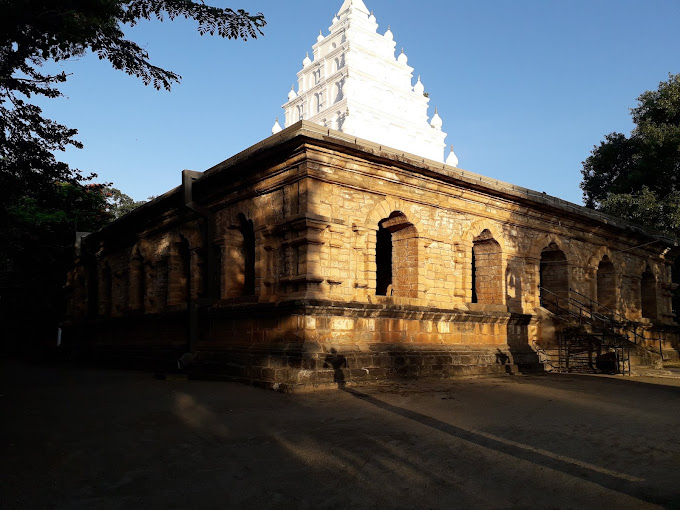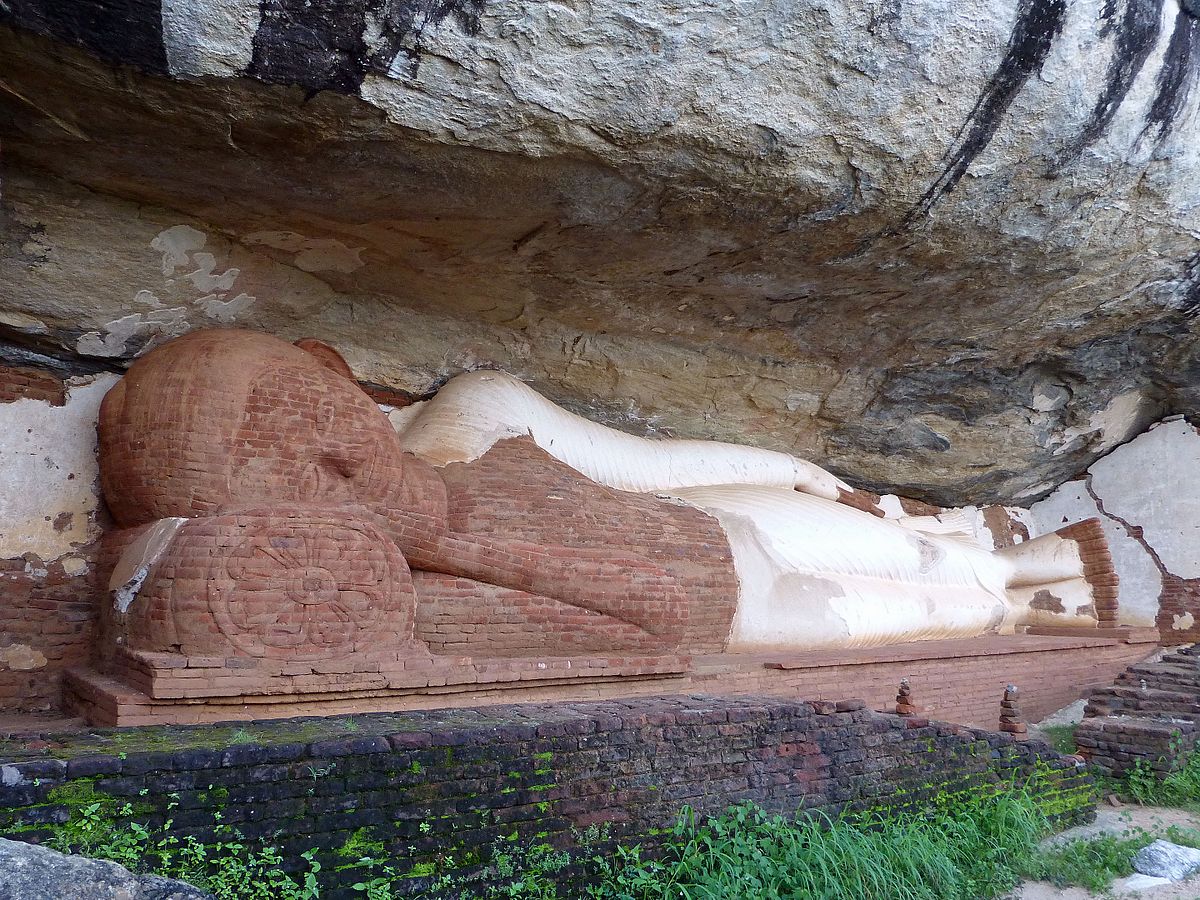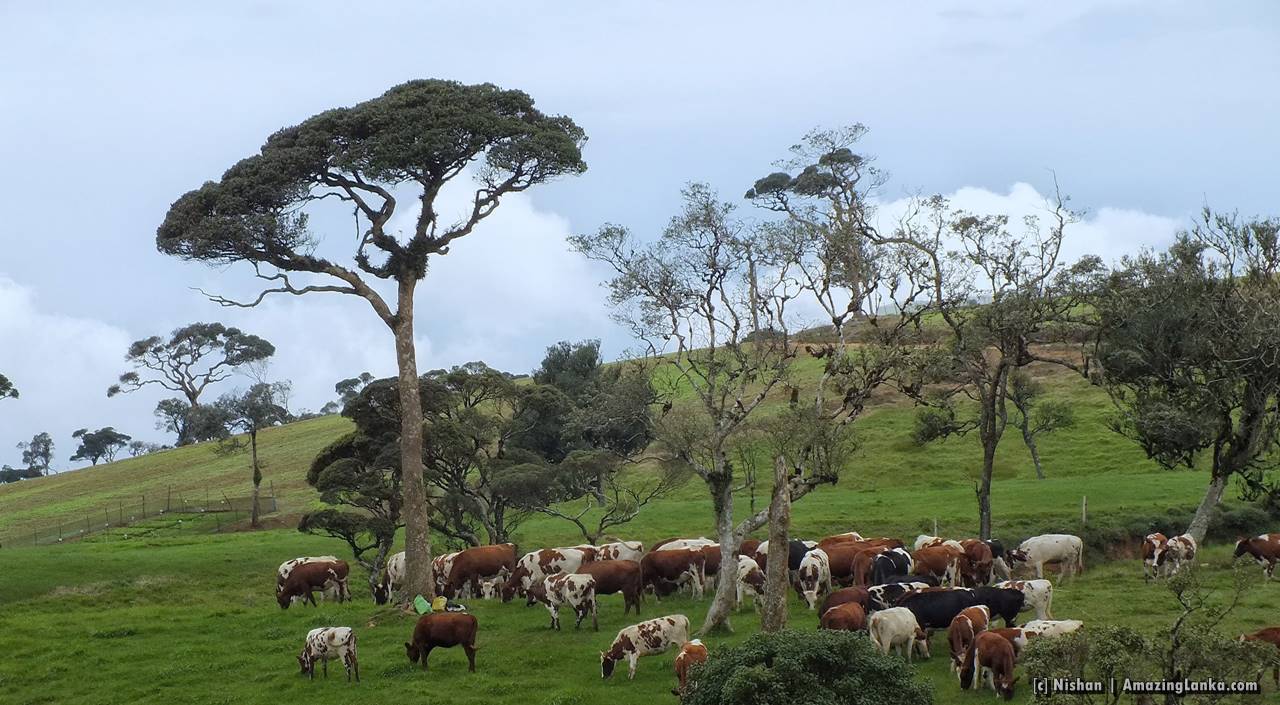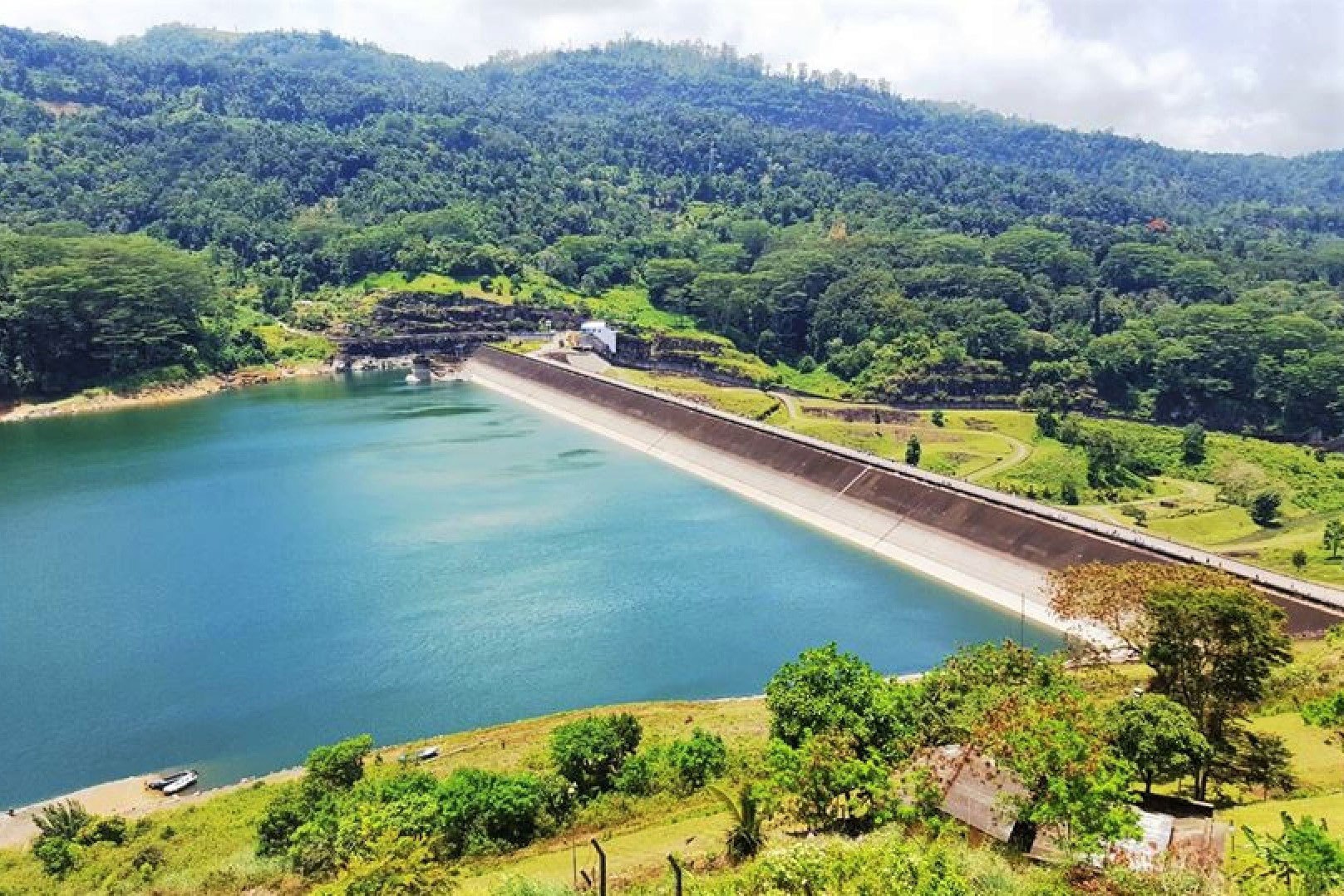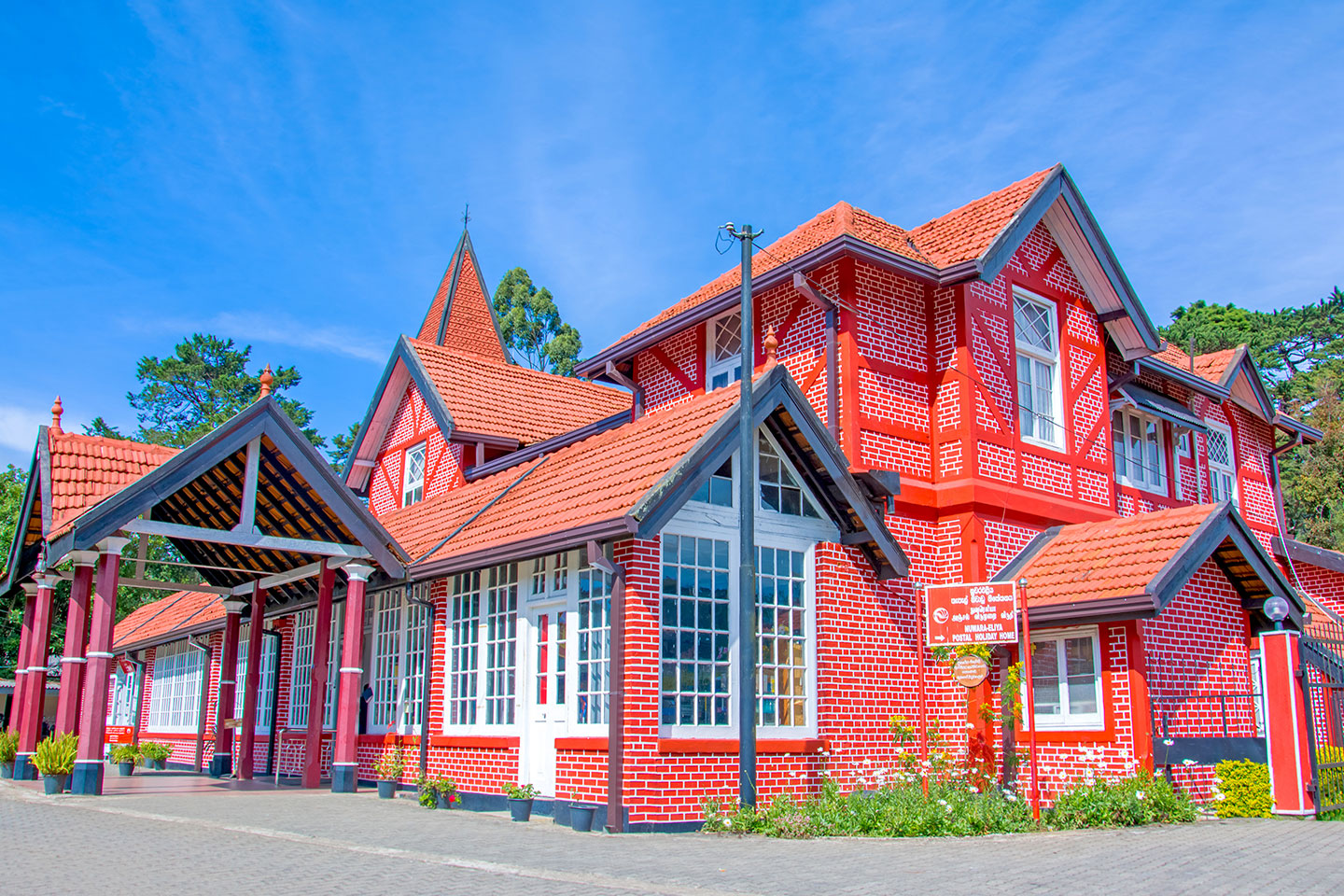Travel approximately 10 miles from Kandy via Mahawatte Road, to reach this temple situated on a knoll near a paddy field, in the Galmaduwa Grama Niladhari Division.
This temple is built in the form of a stone hut strongly characteristic of Hindu architecture. Guided by the queen of Kirthi Sri Rajasinghe, construction of the temple began according to a plan made by Indian Maha Bharatha craftsmen around 1740. According to folklore, when the King was informed that construction of the 80-feet-long, 80-feet-high stone edifice was nearly completed, he inspected the premises and suspected that this was a plot to assassinate him, and ordered that work must discontinue forthwith.
The story develops further, however, to explain that before the construction work of Galmaduwa was completed the King was informed of the cave in Degaldoruwa, so he suspended construction of Galmaduwa and built the Degaldoruwa Temple instead. Although rituals such as offering flowers and lighting oil lamps have been performed at Galmaduwa as an ordinary place of worship, this stone edifice has not been utilized as a temple proper.
Since construction was left incomplete, possession of Galmaduwa was not handed over to Bhikkhus, and the place was dilapidated. Around 1900, Pethiyagoda Vipassi Thero rediscovered this site, and renovated it with the help of his Dayakas. The stone edifice exhibits fascinating architectural features. The ground floor is made entirely of stone. The upper floors, built with mud bricks and granite, become smaller from bottom to top, in the form of a Vimāna (mansion). Owing to its upward tapering shape the edifice is referred to as a Gedige. Surrounding it, an oblong-square-shaped stone edifice has been built with arches. The outermost entrance of the temple building has a Gopura (tall pillar).
According to experts such as Lowry and J.G. Lewis, the Gedige shows characteristics of Thanjor architecture, while the arches of the wall surrounding it exhibit some features related to Persian architecture. The most striking feature of this building is the arched shape of the doorframes and windows. Basically semicircular, the apex of the arch has a sharp point. There are large stone frames outside each window.
Except for an Aasana or image altar, the interior of the vault is empty. Near the eastern building, there is a Viharaya which was built by the local villagers approximately 125 years ago. this was built to compensate for an impossible construction deadline, apparently due to insufficient funds. The features of the earlier stone-and brick edifice and those of the latter brick-and-mortar building do not match each other.
Although abandoned for over 2000 years, the earlier building is still relatively intact, well-designed to endure climatic conditions. Old bricks engraved with Brahmi script found here prove that there had been an ancient Dagoba at this site.
In addition, a marble statue, the Vihara Geya with 24 Buddha statues from the Kandy Era, and the Chaitya are other significant features. A large metal vat, used to brew sugarcane sap during the reign of King Narendrasinghe, was also found on this site.
